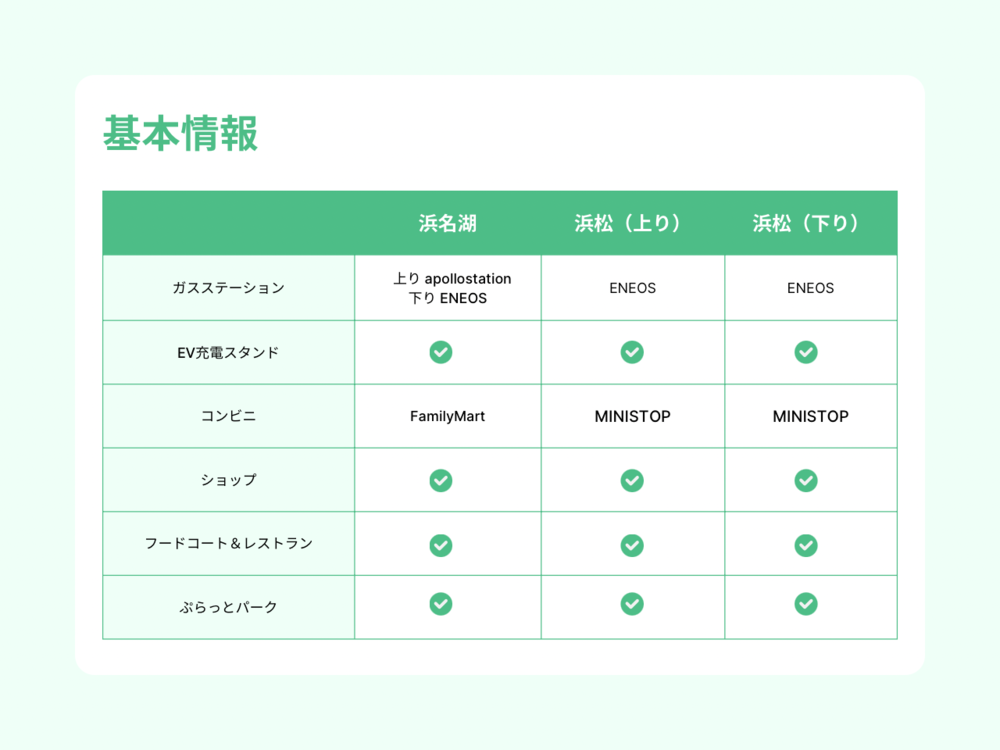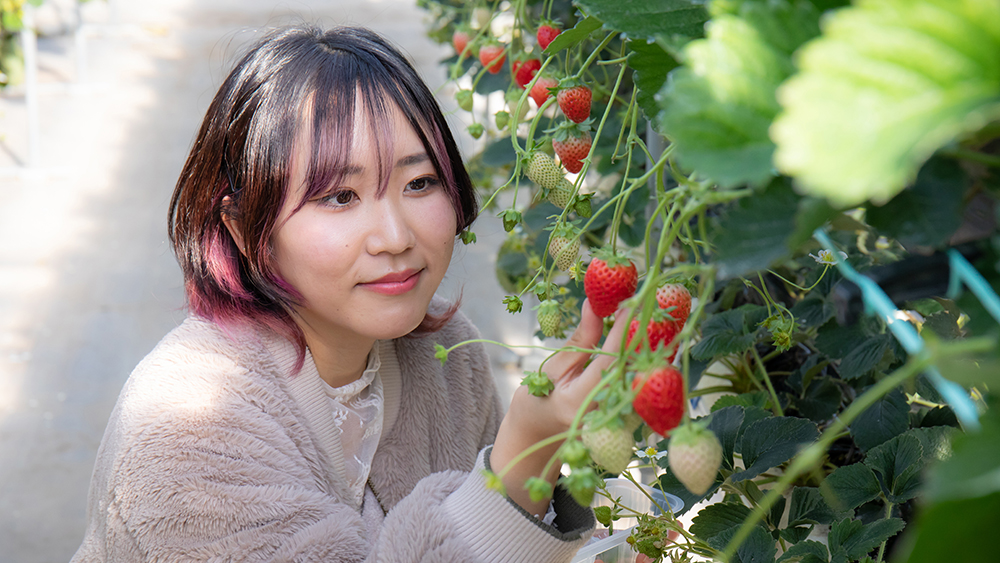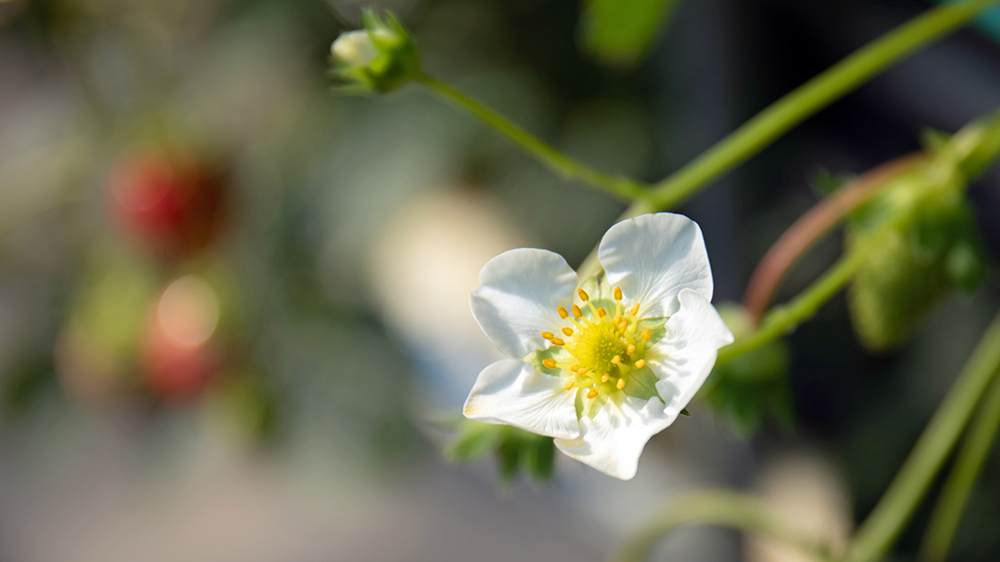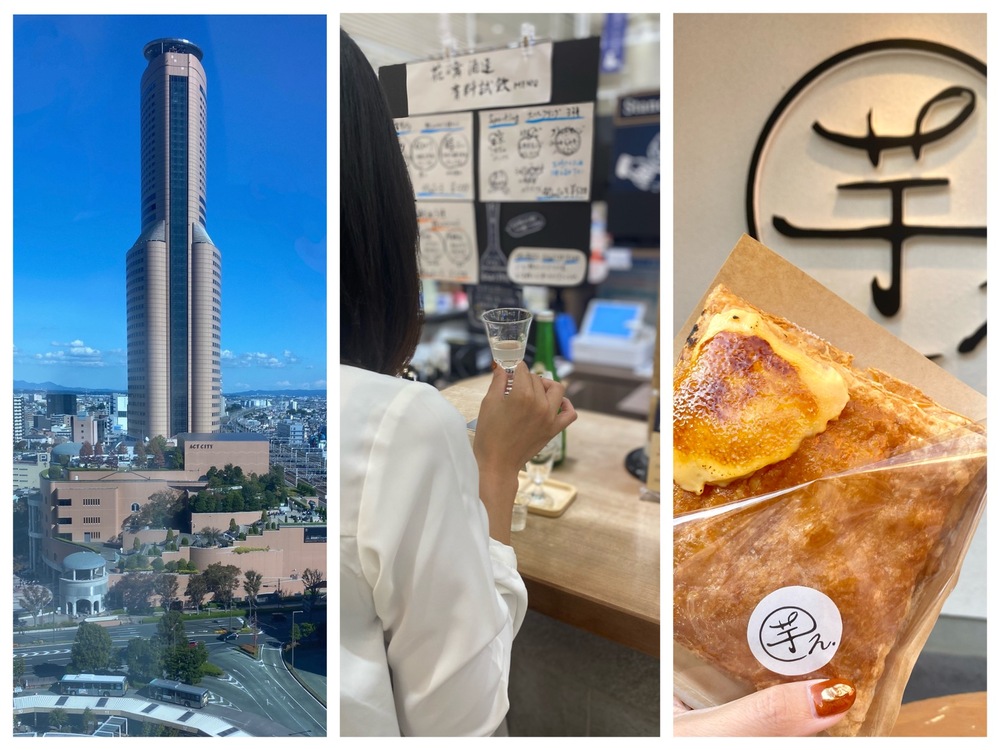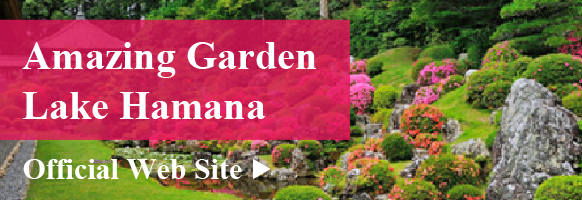Get to Know Hamamatsu
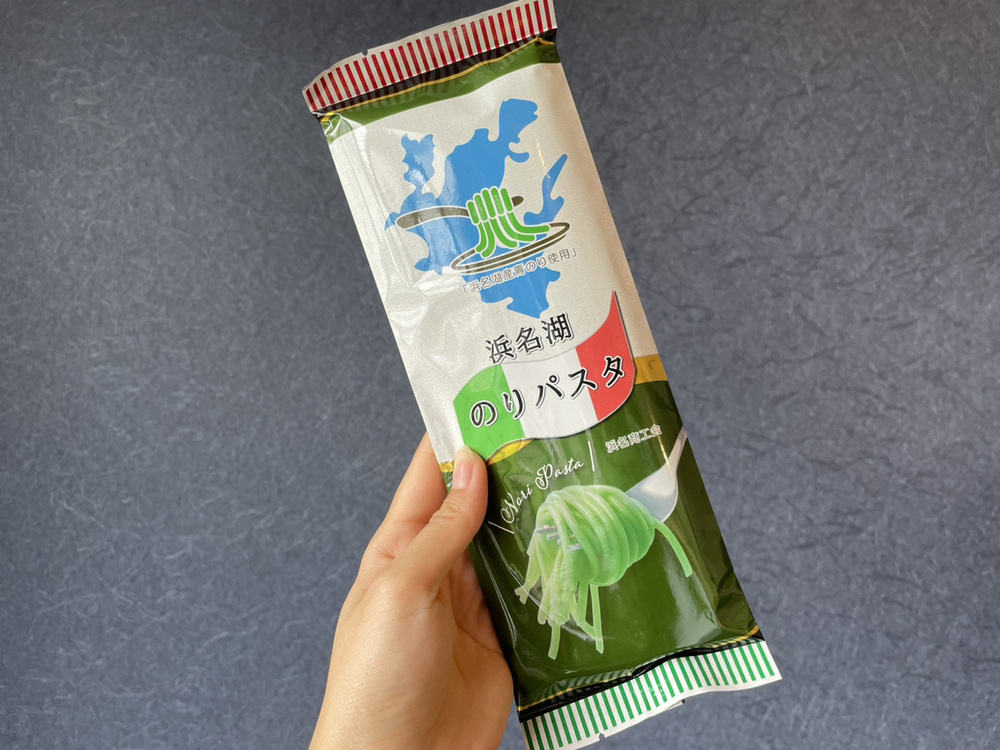
- Eat
Lake Hamana’s “new souvenir” Lake Hamana seaweed pasta is now available!
What do you think of when you think of souvenirs from Lake Hamana?
Lake Hamana is a lake that straddles Hamamatsu City and Kosai City, Shizuoka Prefecture. It is a brackish lake with a mixture of seawater and freshwater, as it is connected to the Enshu Sea by a cutaway.
Because it is a brackish water lake, it is packed with nutrients and is extremely rich in fish and other creatures!
That’s why many people may have heard, “The seafood in the Lake Hamana area is delicious!”
Do you know about the fragrant “Hamanako nori”?
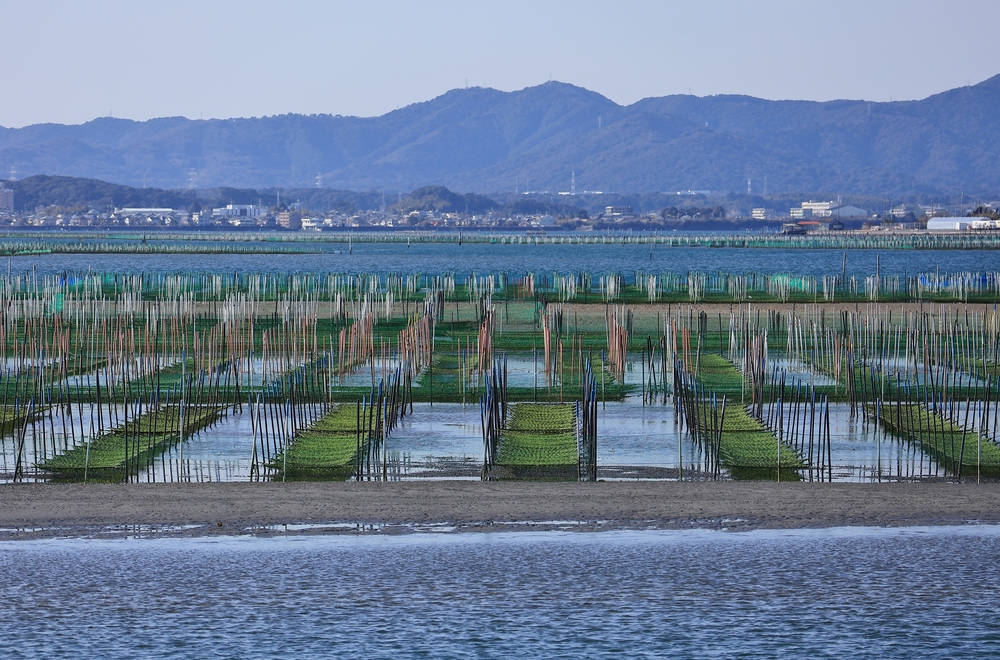
▲Lake Hamana seaweed shelf
Among the abundant seafood, do you know about “Lake Hamana nori”? It is a specialty of Lake Hamana, along with eel and oysters.
Lake Hamana seaweed is characterized by its bright green color and strong aroma of the ocean.
Like eel farming, seaweed farming in Lake Hamana has a 200-year history.
The harvesting period is usually in early October, when aquaculture nets are set up, and from November to April of the following year. The beautiful green seaweed shelves that spread across Lake Hamana are also a winter feature.
If you are visiting Lake Hamana during this time, be sure to check out the seaweed shelves as well.
A new souvenir from Lake Hamana, “Lake Hamana Nori Pasta” is now available!

A new product using “Hamanako nori” has been released.
The name is “Lake Hamana Nori Pasta”! ! This is a product created with great care by the Hamana Chamber of Commerce and Industry Commercial Department.
I’ll post a review of the pasta I actually cooked, so please take a look.
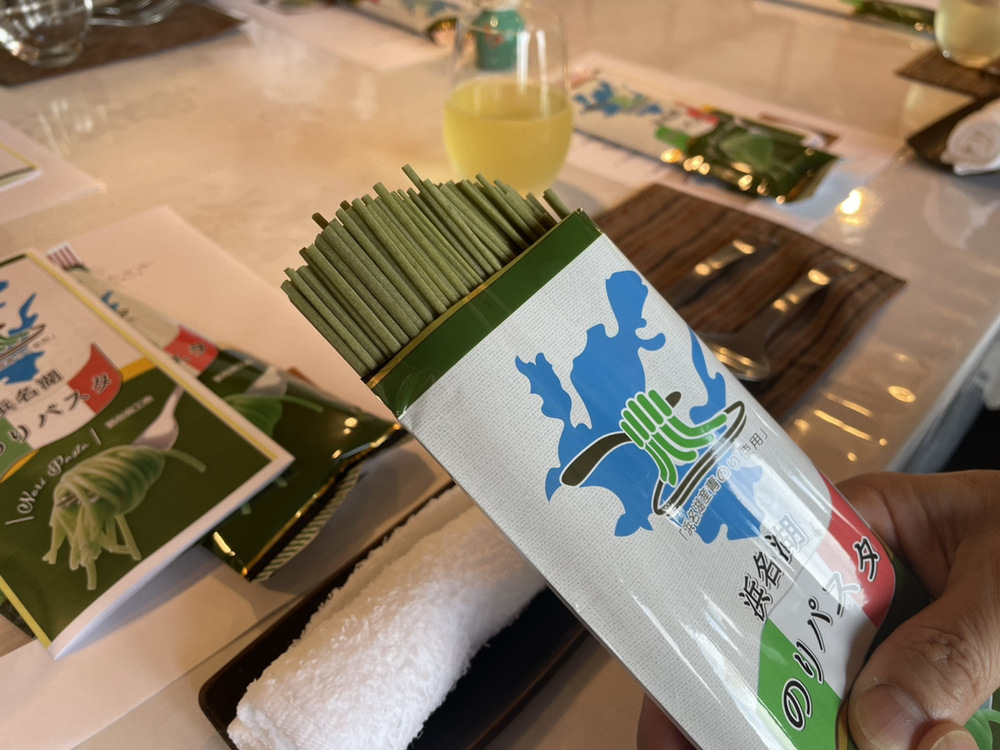
Let’s open the Hamanako Nori Pasta right away. As expected, the pasta itself is a beautiful green color, as it is called “Aonori”!
The moment you open it, you can really smell the scent of the ocean. Smells great! It’s irresistible for people who already love seaweed.
By the way, the Hamana Chamber of Commerce and Industry has also released “Hamanako Nori Udon” before “Hamanako Nori Pasta”.
This is the second edition of “Lake Hamana Nori products” full of hope!
By the way, this “Lake Hamana Nori Udon” also had a very strong aroma of the seashore, and the smooth texture was irresistible.
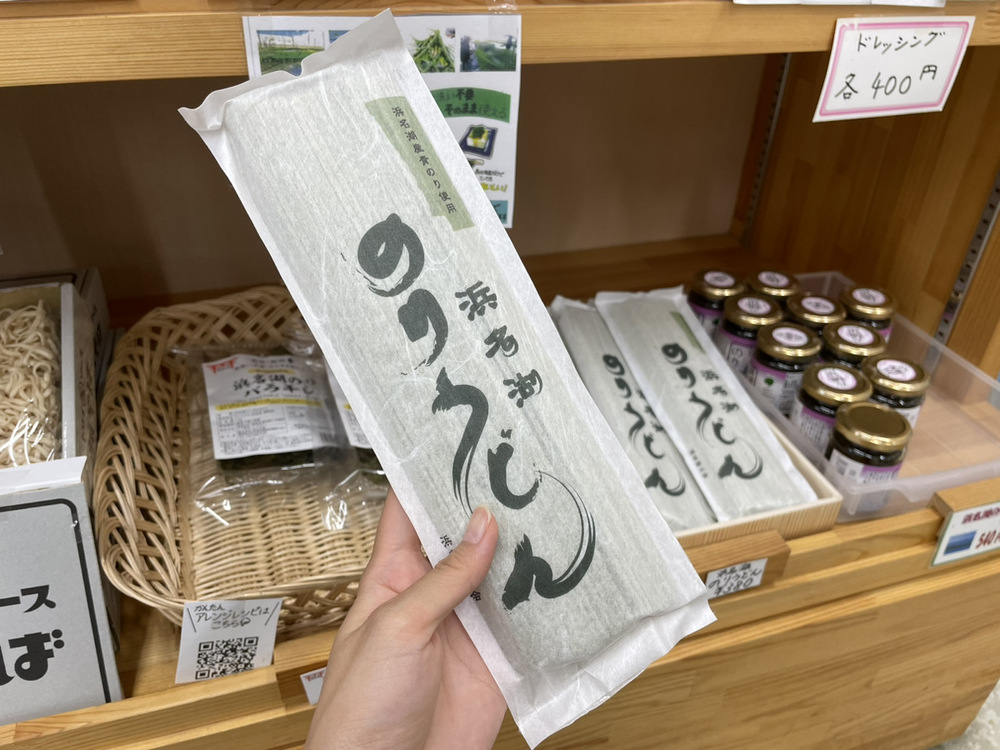
▲Lake Hamana Nori Udon
Menu ① Try "Hamanako Nori Pasta Genovese made with seaweed"!
Now, without further ado, here’s a tasting review of the “Hamanako Nori Pasta” that I’m curious about.
Here is the first recipe. “Lake Hamana Seaweed Pasta with Genovese Seaweed ~ Served with Tomato”
This is made with Hamanako seaweed pasta and green seaweed paste sauce to make it Genovese style.
At the end, sprinkle some dried seaweed to create a recipe that will get seaweed lovers excited.
You can really feel the rich aroma and flavor of seaweed before you eat it.
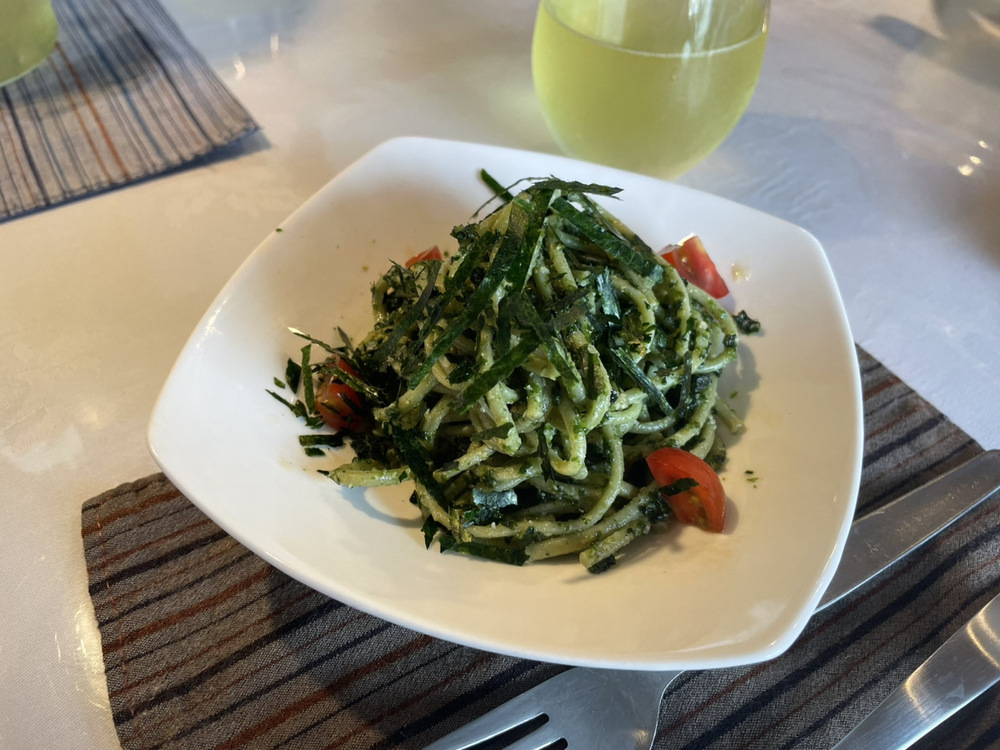
This Hamanako seaweed pasta is made with a focus on the chewy texture of fresh pasta.
This recipe uses a rich green seaweed sauce, so you can enjoy the chewy texture to the fullest.
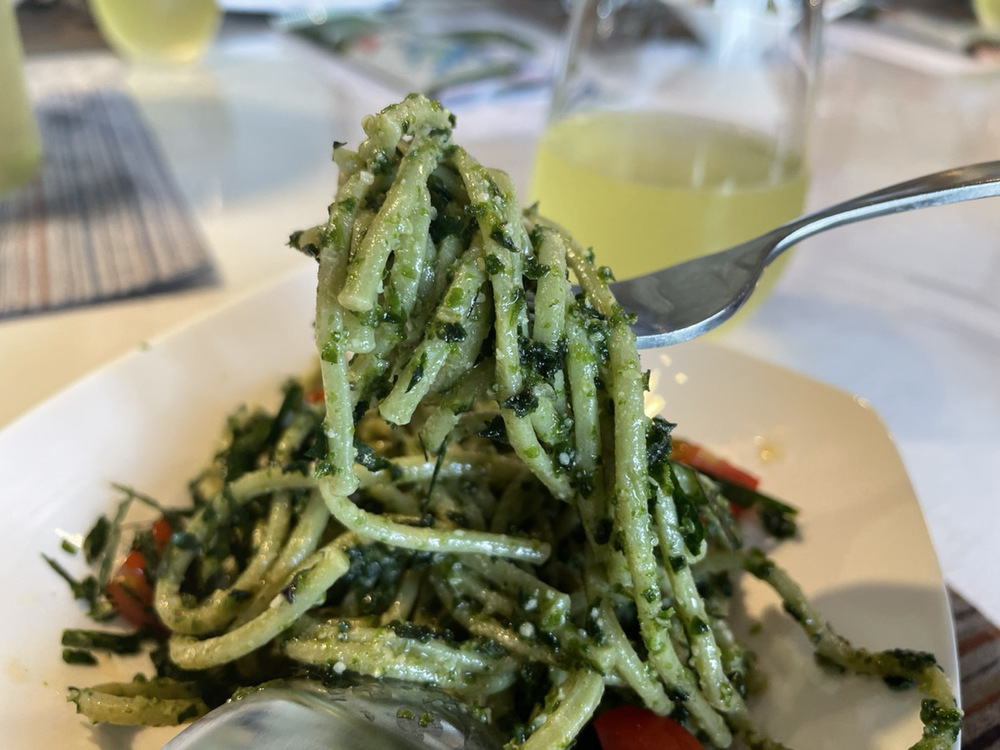
Menu ② Try "Japanese style peperoncino with Lake Hamana seaweed pasta, whitebait and seaweed flavored with dashi stock"!
The next menu item is “Japanese-style peperoncino with Lake Hamana seaweed pasta and shirasu and seaweed flavored with dashi stock”.
This recipe includes Lake Hamana seaweed pasta mixed with a rich raw seaweed sauce, and topped with whitebait from Lake Hamana.
This one is easier to eat than the Genovese-style one, but you can still feel the aroma of the seaweed to its fullest. Combined with the aroma of the soup stock, the aroma whets the appetite…I want to eat it quickly!
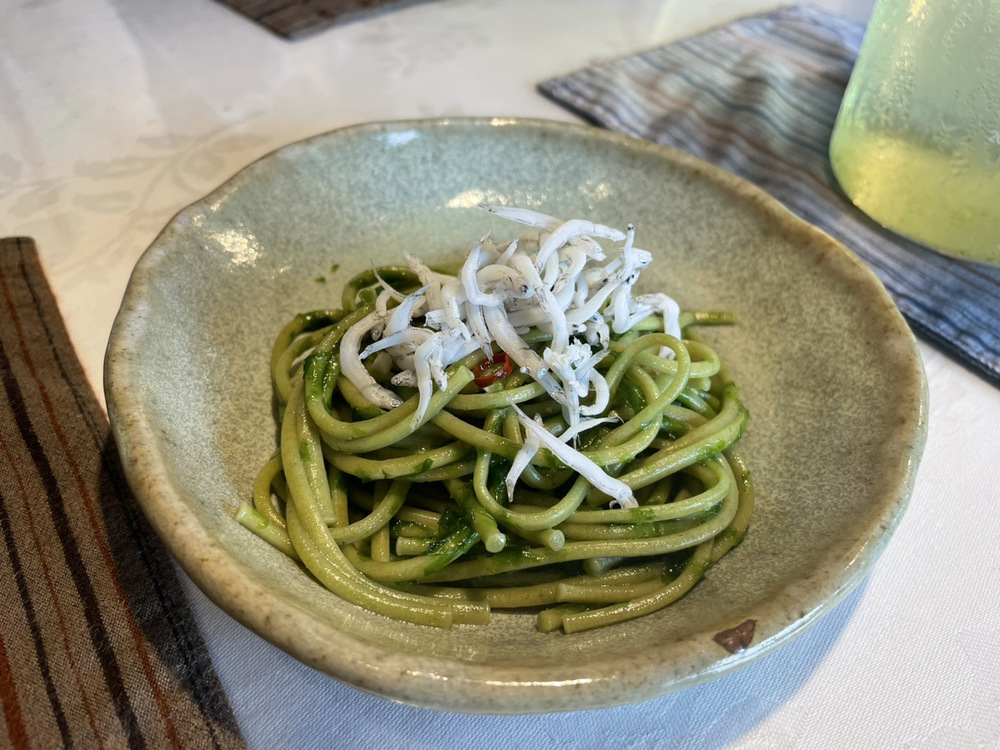
Compared to the previous Genovese, it was a smoother peperoncino sauce, so
The pasta has a chewy texture and a smooth texture that goes down your throat.
The spiciness of the chili peppers was a nice accent, and I was able to enjoy it without getting tired of it.
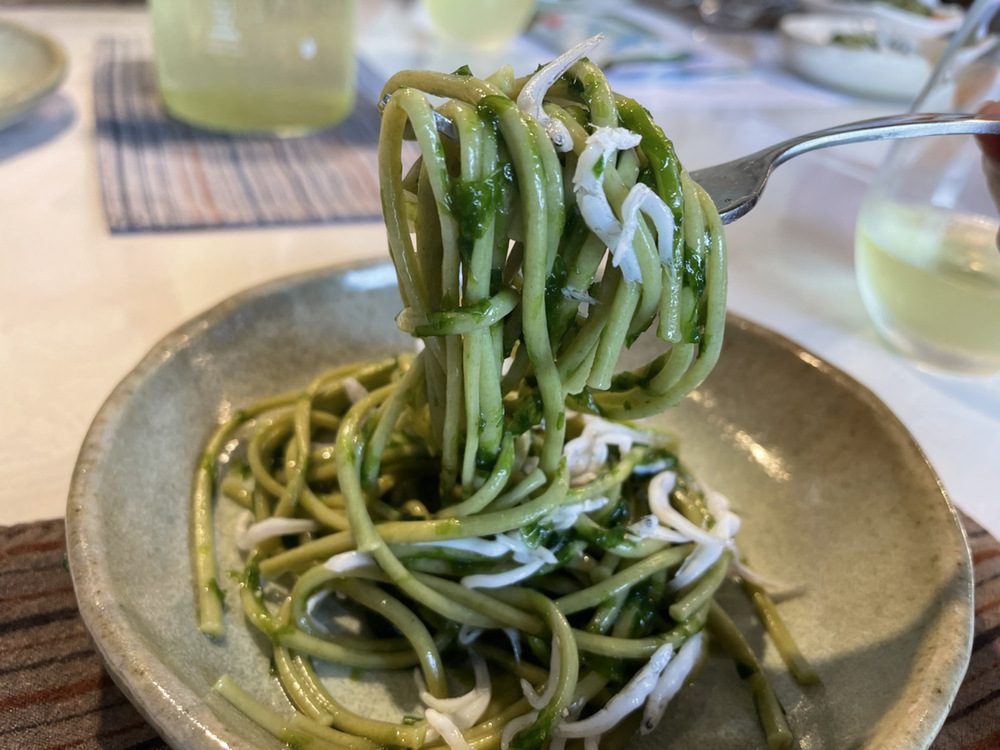
The recipes are endless! Try eating it as you like♪
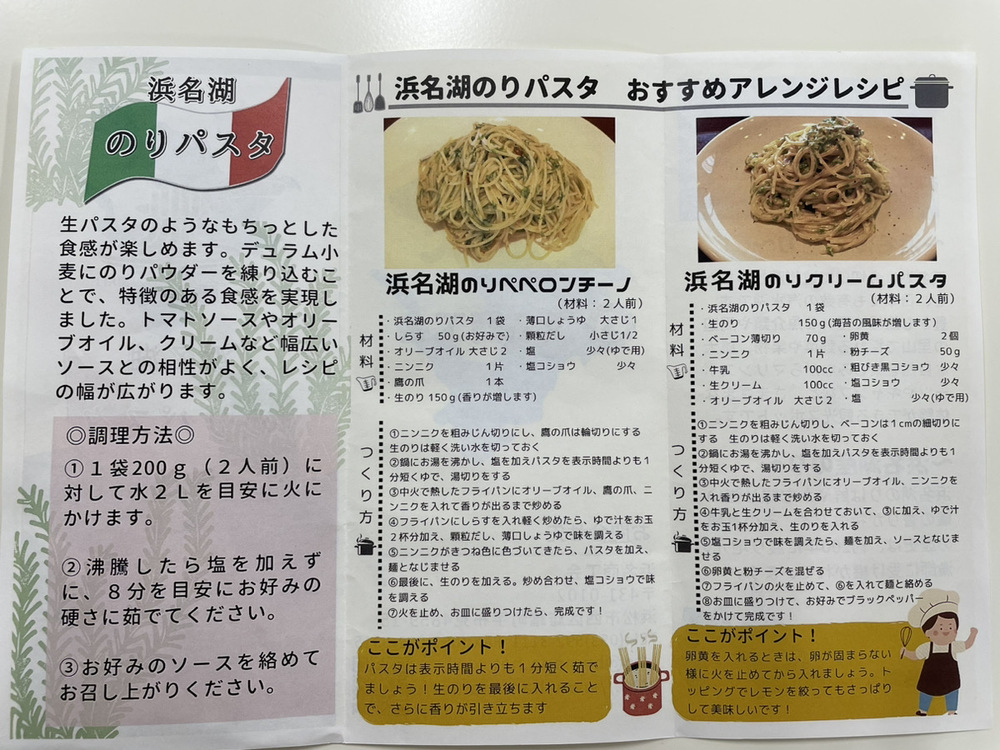
The pamphlet I received had recommended recipes for the peperoncino and cream pasta. Looks like it would go well with the cream…!
All of the ingredients listed in the recipe use raw seaweed,
You can also cook it as regular pasta without using Hamanako seaweed! The recipes are endless!
Please try cooking it according to your taste.
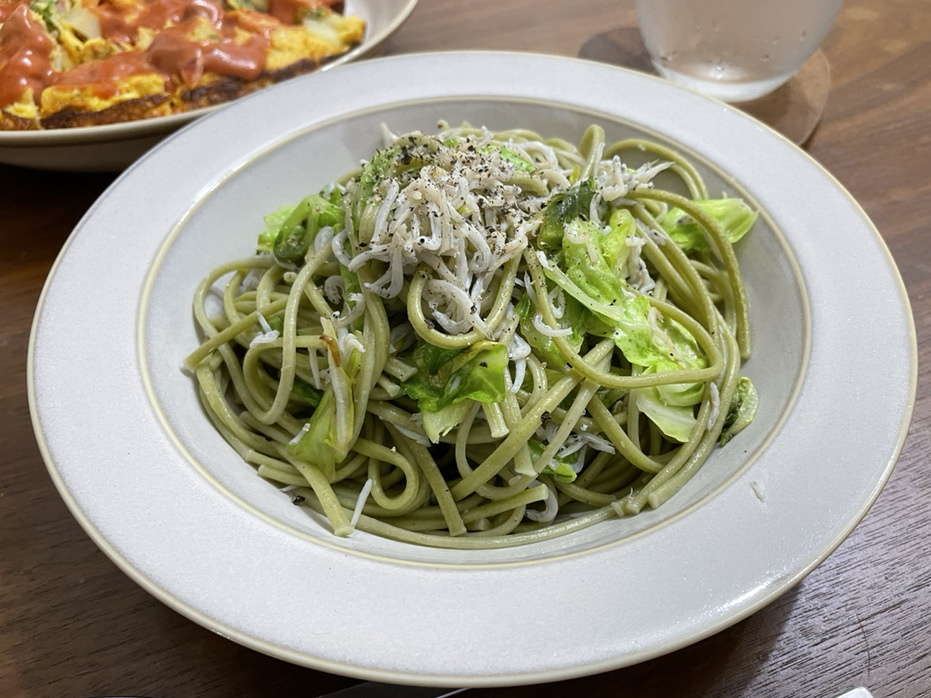
I made a Japanese-style pasta with whitebait and cabbage flavored with butter and soy sauce!
The pasta itself has the characteristic seaside aroma of Aonori, so you can’t go wrong with Japanese-style pasta.
The selling price is 594 yen per piece! I’m glad it’s in an affordable price range!
When you come to Lake Hamana, be sure to buy “Lake Hamana Nori Pasta” as a souvenir to take home♪
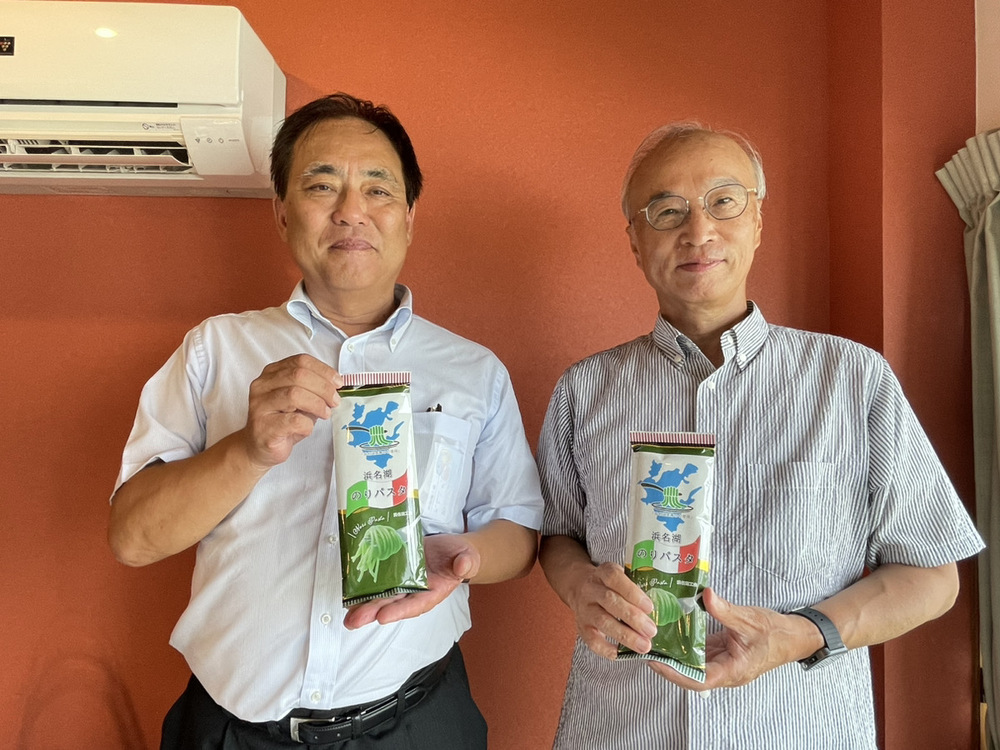
Lake Hamana nori pasta released!
[Lake Hamana Nori Pasta Inquiries]
Hamana Chamber of Commerce and Industry
431-0102
4859-15 Ubumi, Yuto-cho, Nishi-ku, Hamamatsu City, Shizuoka Prefecture
Tel: 053-592-3111

